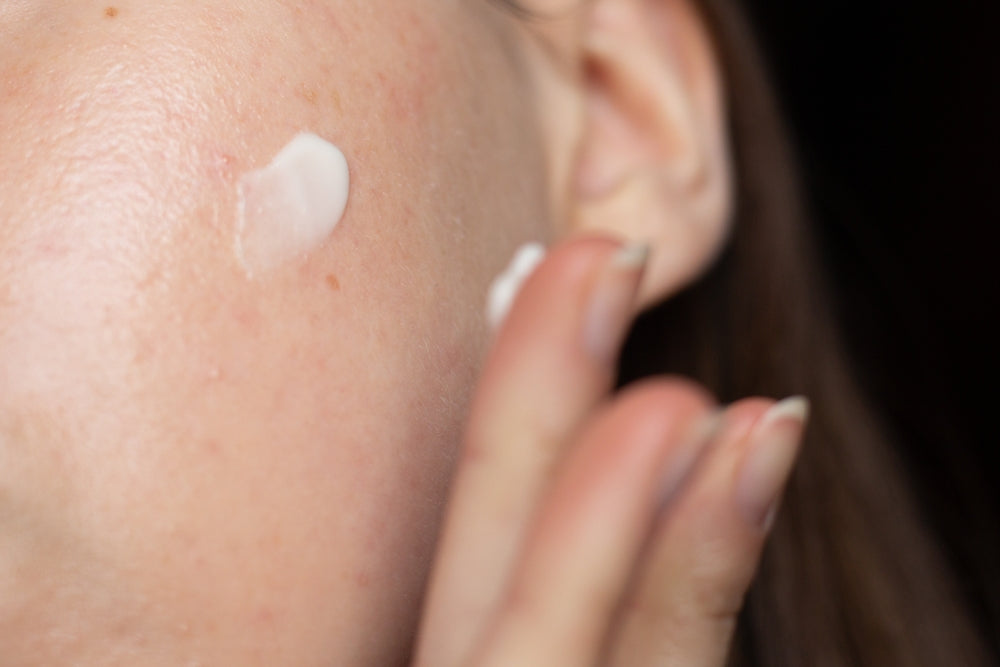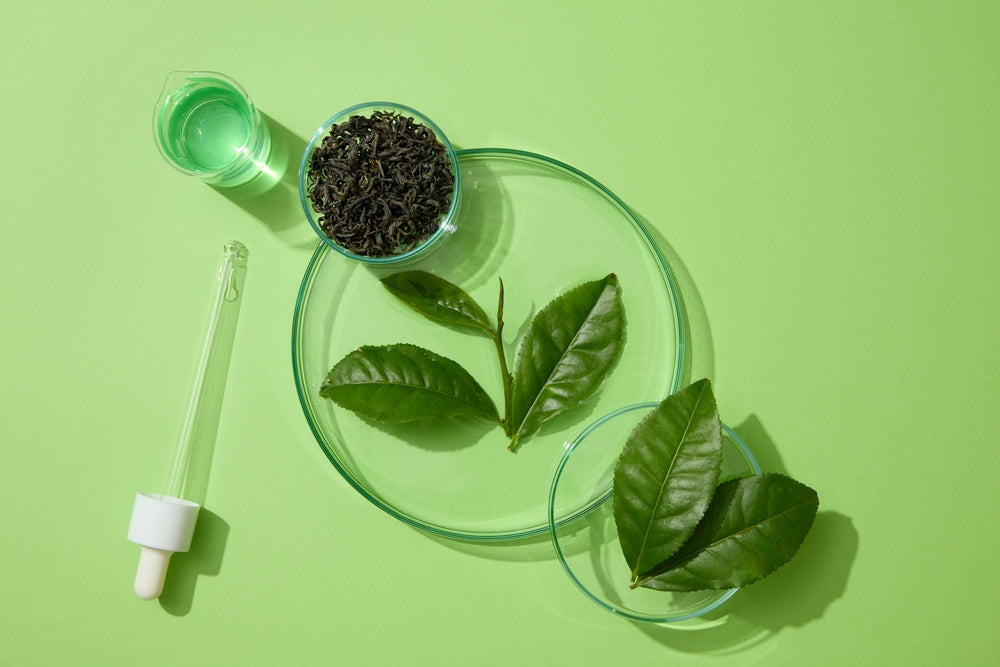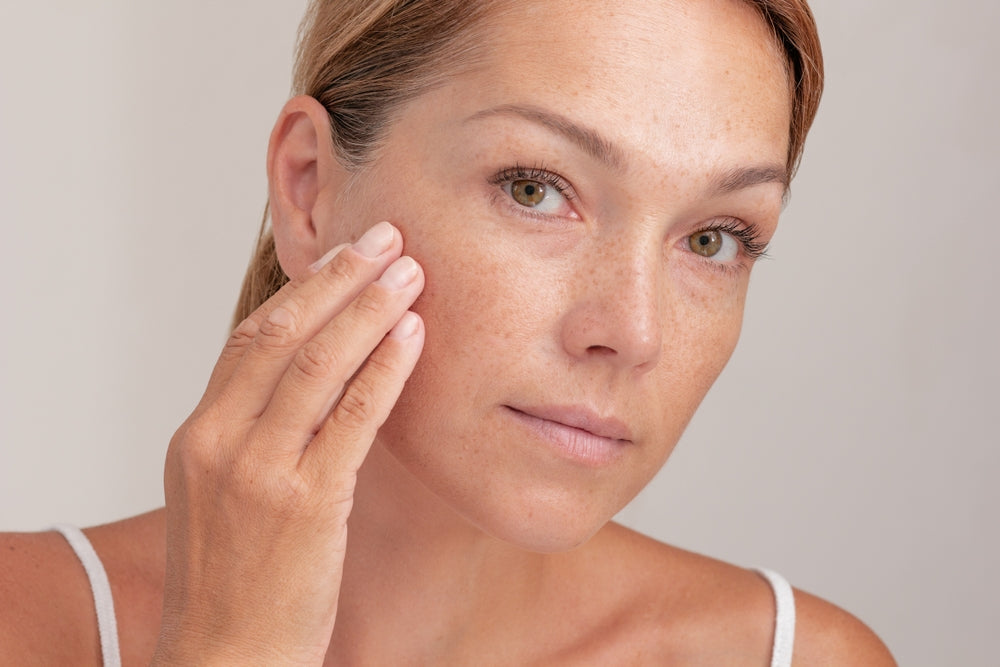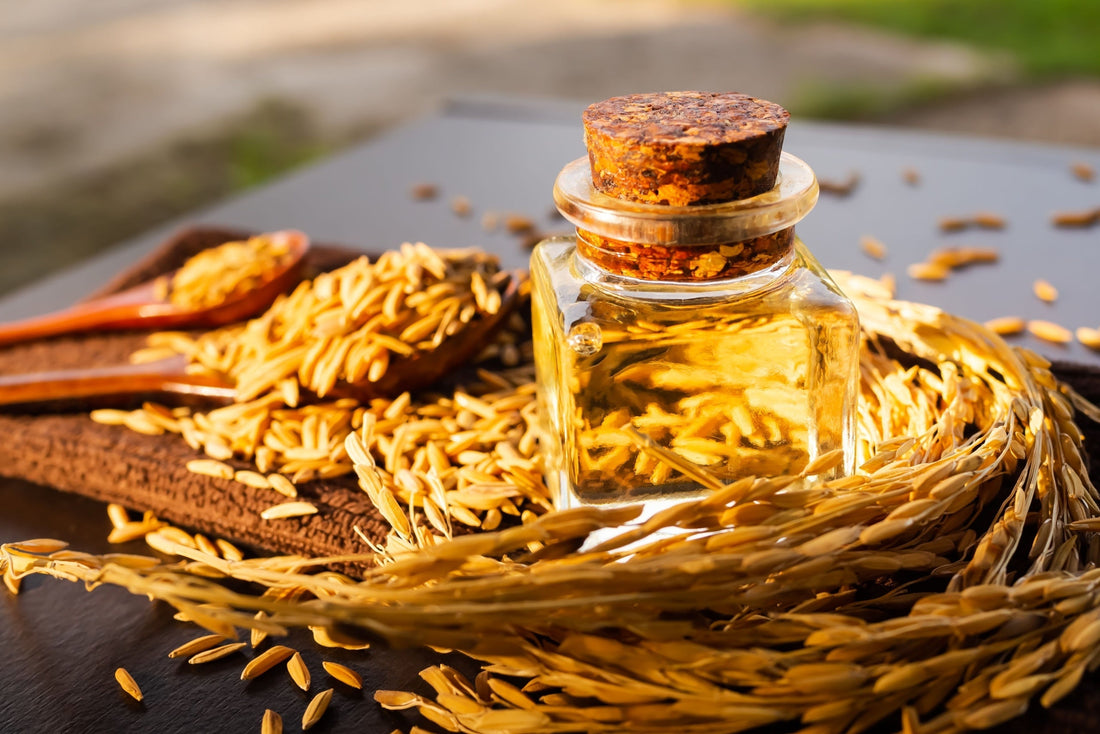Many people struggle with acne and are embarrassed by their blemished skin, especially when scars are left after a severe acne breakout. Luckily, there are many options for cosmetic procedures that treat acne scars and skincare products used to help scars from happening in the future.
What Causes Acne Scars?
Acne scars form when the skin does not heal properly after an acne breakout. Sometimes there is an overproduction of collagen during the healing process that results in a buildup of scar tissue. Other times, the follicular wall in your pores is unable to heal correctly because it has been broken down by the buildup of dead skin cells, sebum oil, and bacteria that causes acne formation.
Types of Acne Scars
There are two types of acne scars: depressed scars and raised scars. Discoloration is another long-term side effect that often results from severe acne.
Depressed Scars
Depressed or pitted acne scars develop as an indent in the skin, usually on the cheeks and forehead. The pits or indentations can be shallow or extend into the deeper layers of the skin. Depressed scars often develop from inflammatory acne. They can be best treated with fractional laser treatment, IPL or a Photofacial, and microneedling. There are three types of depressed scars:
- Rolling Scars: wide indentations with sloping edges
- Boxcar Scars: wide indentations with sharply defined, steep edges
- Icepick Scars: deep, narrow pits that look similar to an enlarged pore
Raised Scars
Raised scars often develop because too much scar tissue developed during the healing process after cystic acne. These scars commonly develop on the chest, back, or jawline as bulges of thick, rubbery scar tissue, also called a keloid or hypertrophic scar. Laser skin resurfacing is one of the most popular and effective treatments for raised scars.
Discoloration
Although discoloration is not a scar, it is an equally bothersome side effect of acne. Sometimes this discoloration can fade but for some individuals, the abnormal dark spots are permanent. There are two main types of discoloration that can come from acne:
- Hypopigmentation: light spots resulting from a decrease in melanin production after a skin injury (such as an acne breakout)
- Erythema: permanent redness resulting from damaged skin cells and dilated capillaries near the skin’s surface
How to Help Visibly Reduce Scars from Happening in the Future?
Soothe Dermal Repair Balm
Soothe Dermal Repair Balm hydrates and nourishes dry sensitive skin. Keeping your skin looking moisturized can help the appearance of scars from forming or limit the severity of the scar since scars form after a wound dries out and forms a scab.
Soothe Dermal Repair Mist
Soothe Dermal Repair Mist is a light toner that contains a powerful combination of plant-based extracts and ingredients that can visibly help irritated skin. This mist is perfect for sensitive skin and will help improve the appearance of red or inflamed skin during an acne breakout.
The Best At-Home Products to Help Reduce Acne Scars
Vitamin E has been known to help reduce the appearance of visible scars. Topical vitamin E can be purchased over the counter in most stores. Metadermabolic Enzyme Protein Complex is highly recommended for acne scars but should only be used once the acne is gone and no longer active.





